At the beginning of each course, Larry Switzky asks students in his undergraduate gaming studies class to share a brief gaming experience that “moved” them.
“There are no two accounts that are entirely alike,” says the associate professor of English and drama at U of T Mississauga. “Some people talk about playing games since they were kids, some people talk about picking up games in high school. Gaming got a lot of people through the pandemic because it was a form of being social or having purpose in a meaningful activity when a lot of students felt devoid of purpose, or they didn’t have any connection to their peers because they had to be locked away in their homes.”
I turn the mini-assignment around on him: what was a gaming experience that moved him? After thinking for a moment, he mentions an interactive text-based game he played when he was a kid, called Planetfall. It featured a robot companion named Floyd who was childlike, funny and often outrageous. But the game’s logic drove toward a difficult eventuality: “At a certain point, Floyd volunteers to die, and I remember being devastated by this as a kid,” he says. “I had to step away for a while and think about whether I wanted to continue.”
Reflecting on those conflicted childhood feelings, Switzky observes that he became deeply engaged with what he admits was a technologically rudimentary game. The experience struck a nerve in a way that other media – such as books and TV – didn’t.
His oblique and insightful prompt to his students opens the door to a discipline that has taken off in the past 20 years. Game studies is part of a much larger and older scholarly exploration of the vitally important role of play in human life. With its more contemporary focus on digital and video, game studies touches on a wide range of fields – from drama and literature to sociology, business, psychology, design and history.
The global gaming industry is valued at more than $200 billion a year, dwarfing both the book and film industries. Today’s students are just as likely to have a favourite game as they are a book or movie. Yet scholars who study gaming have – at least in the past – found themselves forced to defend the discipline in ways that their colleagues in literature or cinema studies do not. Siobhan O’Flynn, a longtime instructor of video games at UTM, likes to flip the question and ask, “Why aren’t we studying them?”
To that end, UTM will begin offering a minor in game studies this fall, marking the evolution of this field of study from a loose collection of design and analysis courses into a more coherent program. Students seeking to graduate with the minor will be asked to think critically and analytically about the games they study and to create a portfolio of games as a culminating exercise.
The decision to create a minor was driven, in part, by a strange and amazing library acquisition: a sprawling collection of games, consoles, joysticks, fanzines and all manner of gaming gear. Syd Bolton, a well-known Ontario games collector, had gathered the materials over the years and displayed them at his private museum in Brantford, Ontario.
The collection, with 14,000 games and 5,000 game magazine issues, is an archivist’s treasure trove, and offers UTM an invaluable opportunity to both teach and conduct research. “We’ve got this unbelievable archive,” says O’Flynn. “That’s a tremendous resource for this program. We want to take advantage of this and have students going in there as often as they can.”
Chris Young, the head of UTM Library’s collections and digital scholarship, pokes his head into a quiet room off the main study area. The small space, dubbed the Archives and Special Collections Reading Room, looks like almost any other study nook on a modern campus – carrels with terminals line one wall. But this space is not meant for reading, per se.
The terminals are of varying vintages and include classics from Atari and Nintendo. Nearby shelves are piled high with brightly coloured joysticks, consoles, game cartridges and gaming magazines. “A lot of students aren’t familiar with these older ones,” Young says. “But they can come in and look at these games and play them.”
The gear in this reading room, however, is only the tip of a digital iceberg. Young, a well-known game scholar who researched Toronto’s game developer scene while working on his PhD, leads me to a lower level and an inauspicious door to a room with a window obscured by blinds – a place he refers to as “a national treasure.” The space is piled high with bankers’ boxes overflowing with consoles and cartridges. Along one wall sits a line of arcade cabinets that look like they’ve time-travelled here from the 1980s.
He glances around the room, which seems to hold the promise of untold riches – if you’re a gaming aficionado, that is. “I think of it as the final scene in Raiders of the Lost Ark. The trouble is trying to find the ark.”
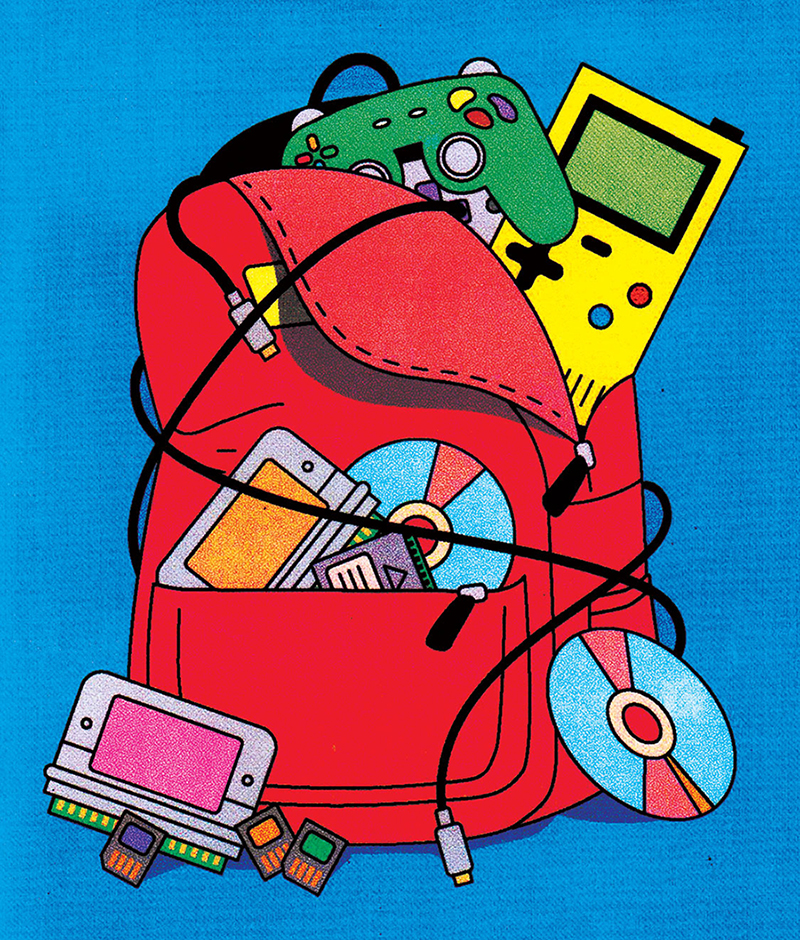
The collection has begun to function as a kind of library for students enrolled in UTM’s game studies courses, but, as Young points out, the bulk of the material hasn’t yet been catalogued, and some of the older hardware needs to be fixed or cleaned.
Switzky has two graduate students who are currently working on a longer-term archival project to “bridge the gap” between the collection and the public. The question, says Karl Manis, a PhD candidate in the department of English, “is how to get students engaged with a collection of mostly analog games that haven’t been organized by genre or developer, and get them thinking about the unique value of it as an archive and also the historical value of it as almost a time capsule.”
Manis and his fellow research assistant, Mitchell Gunn (a PhD candidate studying video games and literary theory), often find themselves working with students for whom the older games, with their controllers and rudimentary graphics, are both novel and thought-provoking – and sometimes less dated than one might expect. Manis says the goal is to help students think about the “unique materiality” of the older games, like their specialized consoles and cartridges – features that are far less common in today’s world of multi-player online games with surround sound and powerful graphics. “This was an opportunity to dig into an archive and figure out what the physical aspects of play would actually feel like.”
There’s also the question of how games relate to, or adapt, other forms of storytelling, such as film and literature. Manis points out that there’s a genre of fiction written in the early 2000s that grapples with the threat posed by digital games and digital information, with their ability to create worlds and non-linear narratives, and their impact on reading or literature. He cites the example of Mark Danielewski’s novel House of Leaves, which takes place in a labyrinth and features not only unconventional prose but quirky layouts that evoke the game-like experience. “There was this sense that video games and digital media more generally might offer this kind of immersive experience, but there was also an anxiety about what that meant for how we continue to tell stories and communicate with one another.” As with comics and graphic novels, games were seen as crass, commercial and lacking in literary value.
Game studies courses at UTM also delve into the many ways in which games hold a mirror to what’s going on elsewhere in contemporary culture, and in particular the way games have become such a significant pastime for Millennials and Gen Z. “I’m fascinated by the resurgence of board games and role-playing games,” says Switzky, noting that the trope of the solitary gamer sitting alone in a basement or a bedroom bears little resemblance to the social nature of gaming.
He further invites his students to consider the role of computer games in the age-old debate about what, exactly, constitutes art and literature. “For many, games are our students’ first encounter with art,” he observes. “They also become interested in questions of plot, character, narrative, the aesthetic qualities of an artwork through video games. It’s a gateway to other forms of artistic experience, but these games are worthy of study in their own right.”
Switzky contrasts Roger Ebert’s famous take-down – that games, with their focus on winning, preclude genuine artistic experience – with the thesis of a 2005 book by Steven Johnson entitled Everything Bad is Good for You, which argues that the prevalence of increasingly sophisticated electronic forms of entertainment, from games to TV series, are actually making society more intelligent. “We’re teaching a debate,” he says. “I find both sides compelling.”
O’Flynn has also sought to create opportunities for students to gather and just talk about games, world-making, and research opportunities. Before the pandemic, she ran an informal group for about 10 students who met to play and then discuss video games. “We had so much fun,” she recalls. “Halfway through, the students asked if their partners and roommates could come.”
What she finds most compelling, however, is the fact that gaming seems especially well suited to the mental landscape that the 21st century, with its daunting and open-ended complexity and demands. “[In video games], we’re not bound by the norms of this world. We’re not bound by the norms of these bodies. We can do all kinds of things. Video games offer this kind of space of inquiry that is really interdisciplinary in its possibilities. The implications of video game design and playing video games and the insights that we can gain from them are actually important on a much wider scale.”
Game Changers
Five rare and intriguing items from U of T Mississauga’s Syd Bolton collection:
Atari’s Home Pong Console (1976)
 After the success of the Pong arcade machine, Atari created a home console that connected to a TV. Such single-game consoles were common before cartridge systems, which could play multiple games.
After the success of the Pong arcade machine, Atari created a home console that connected to a TV. Such single-game consoles were common before cartridge systems, which could play multiple games.
Extra-Terrestrials (1983)
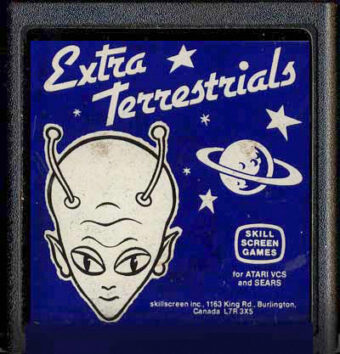 There exist only 100 copies of this Canadian-made Atari 2600 game, which were sold mostly door to door. The library has two of them, as well as the prototype copy.
There exist only 100 copies of this Canadian-made Atari 2600 game, which were sold mostly door to door. The library has two of them, as well as the prototype copy.
Wrecking Crew (1985)
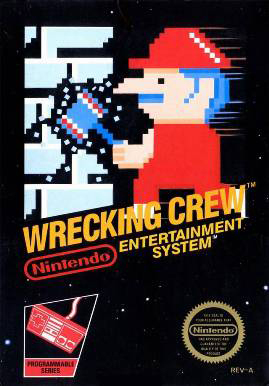 In this lesser-known Mario game, Mario or Luigi have to destroy all doors, walls and ladders on each level while avoiding monsters. It includes 100 levels and a design mode for players to create their own stages.
In this lesser-known Mario game, Mario or Luigi have to destroy all doors, walls and ladders on each level while avoiding monsters. It includes 100 levels and a design mode for players to create their own stages.
EarthBound (1995)
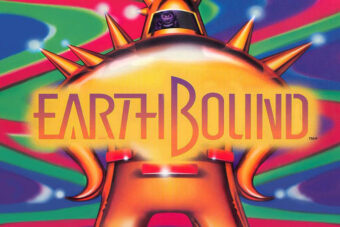 Released on the Super Nintendo Entertainment System, this role-playing game included a 135-page player’s guide. The game initially sold poorly but has since developed a cult following.
Released on the Super Nintendo Entertainment System, this role-playing game included a 135-page player’s guide. The game initially sold poorly but has since developed a cult following.
ClayFighter: Sculptor’s Cut (1998)
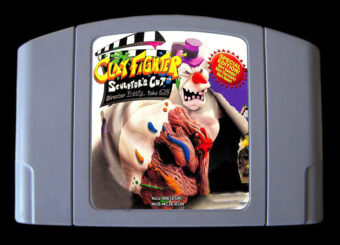 An update to ClayFighter 63⅓, this edition was released only as a Blockbuster Video rental. It added four characters cut from the original and changed some gameplay.
An update to ClayFighter 63⅓, this edition was released only as a Blockbuster Video rental. It added four characters cut from the original and changed some gameplay.


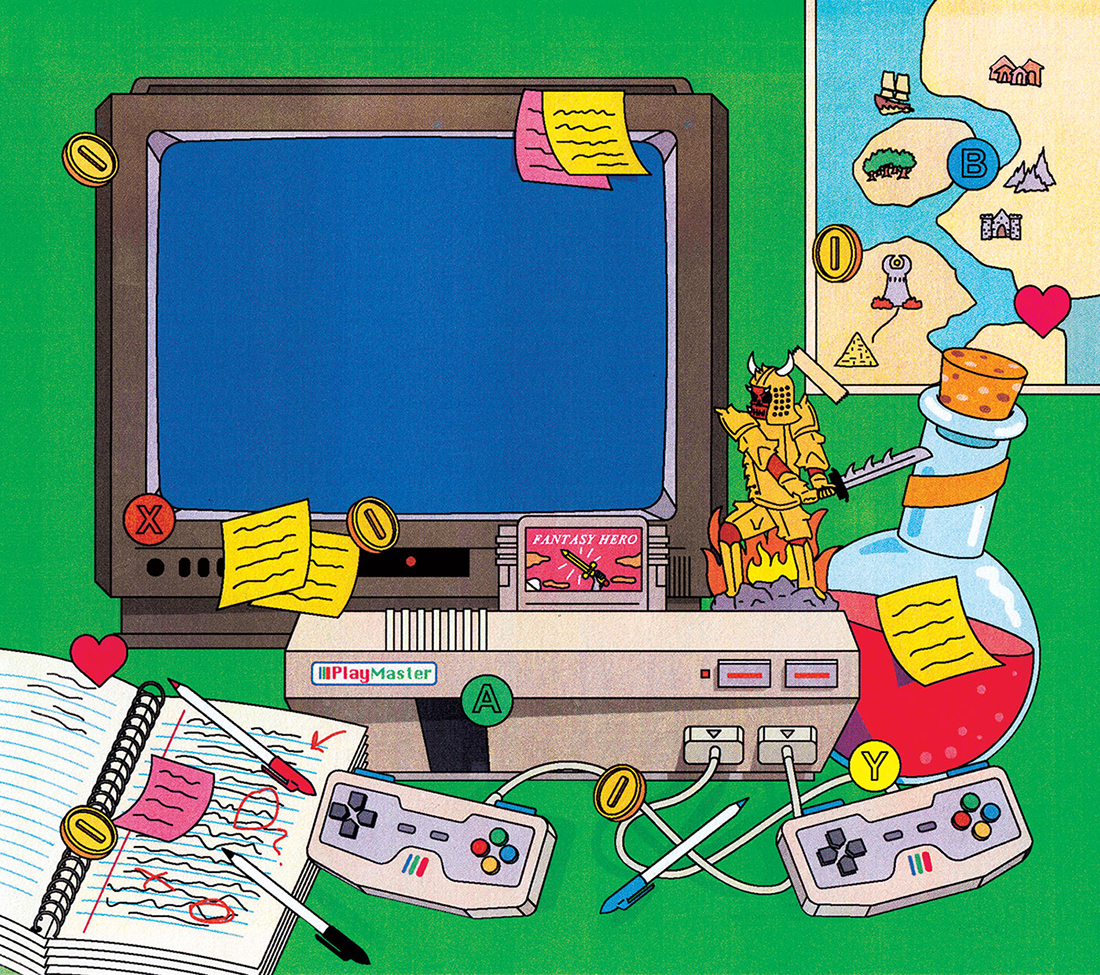




No Responses to “ Game Time ”
Very interesting!
This is a nice story by John Lorinc. Is there a way to get more information about the private games museum in Brantford, Ontario. Can one visit it, and when and where?
@Peter
Syd Bolton closed his private museum, but the materials have a new home at the U of T Mississauga Library.
Members of the University of Toronto community and the general public can make an appointment to visit the collection in person at the archives and special collections reading room on the ground floor of the Hazel McCallion Academic Learning Centre, Monday to Friday, 10 a.m. to 4 p.m.
Find out more about the collection here.